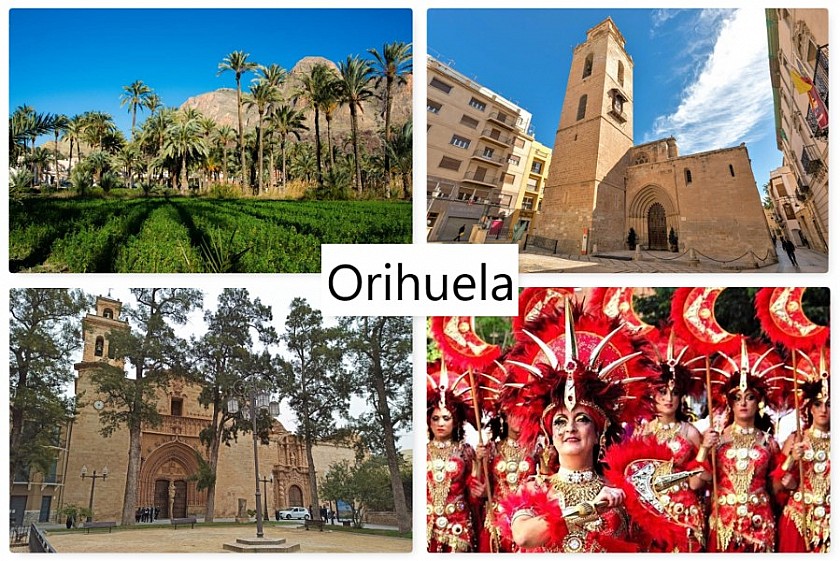
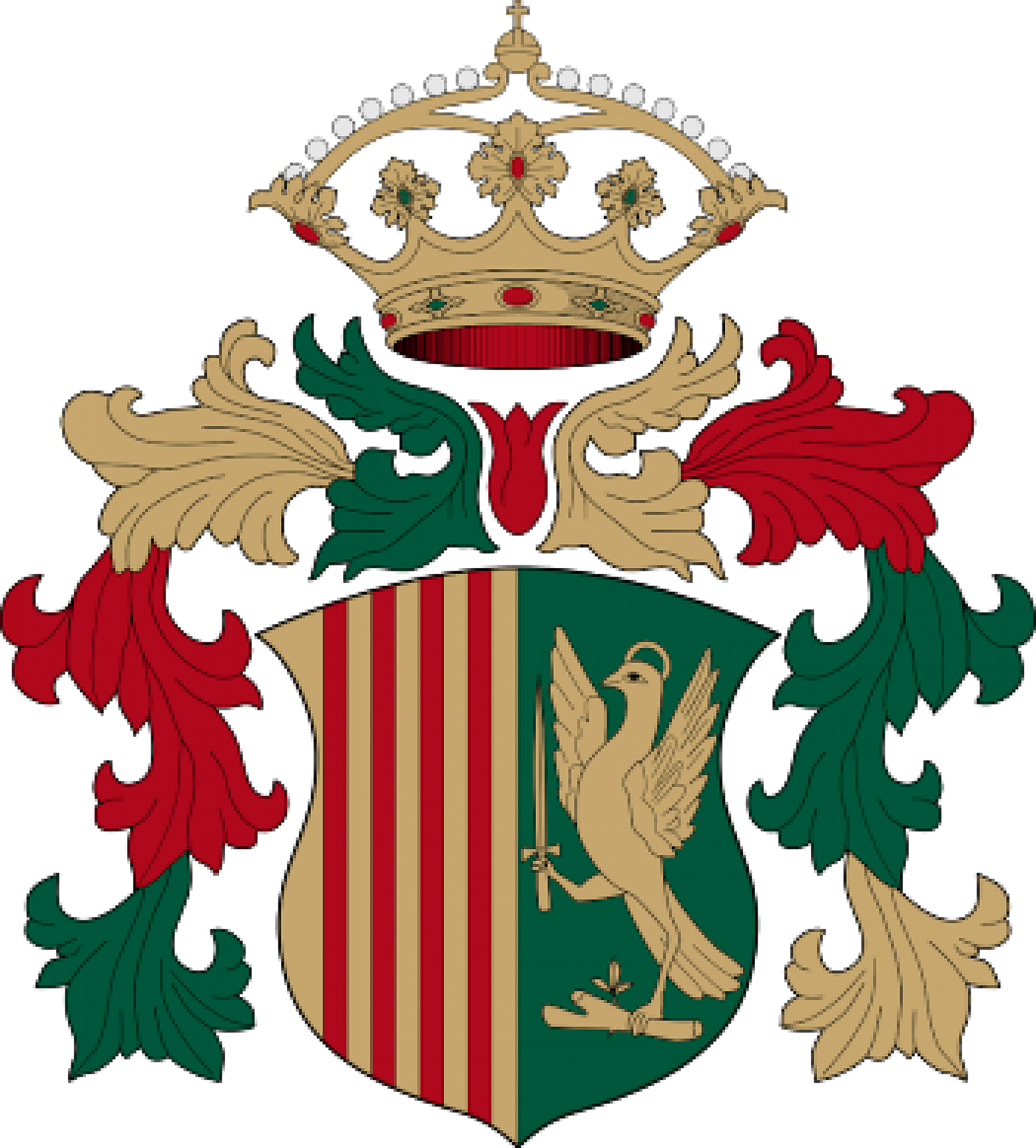
Population:
101.321 (2018)
Flag:

Watch:
Video Orihuela
To Orihuela belongs:
Location: 28 km from the coast
Orihuela Costa: 35 km
Torrevieja: 33 km
Orihuela in a nutshell:
History. That is the keyword in almost every story about Orihuela, the capital of the Vega Baja area. This is the region where the River Segura flows. The medieval heart is where hundreds of years of history stare the visitor in the face everywhere. The place where every tour through the narrow, winding streets always reveals new secrets. There are many acknowledgments for this profusion of antiquities. Since 1969 it has had the official status 'historical and monumental'. No less than five national monuments are within walking distance of each other. A number that makes many a much larger city very jealous. In addition, Orihuela is full of interesting museums, the ruins of an old castle, a historic mill, palaces and a monastery.
Orihuela is proud of its past. This cherished identity is evidenced by the many brochures and pamphlets that the tourist office distributes to visitors to the city. Separate books about the fiestas soaked in the past, monumental walking routes, the old palm tree forest and museums all hark back to that time.
Although it is believed that the first humans must have lived in the Orihuela area around 20,000 years ago, there is no hard evidence for this. Earlier finds of human remains have shown that 300 years before Christ there was life. Since then, different cultures (Visigoths, Cathageners, Romans and Moors) have left deep marks in Orihuela. The Romans initially baptized the city Orcelis, later changed it to Aurariola, while the Moors called it Uryula.
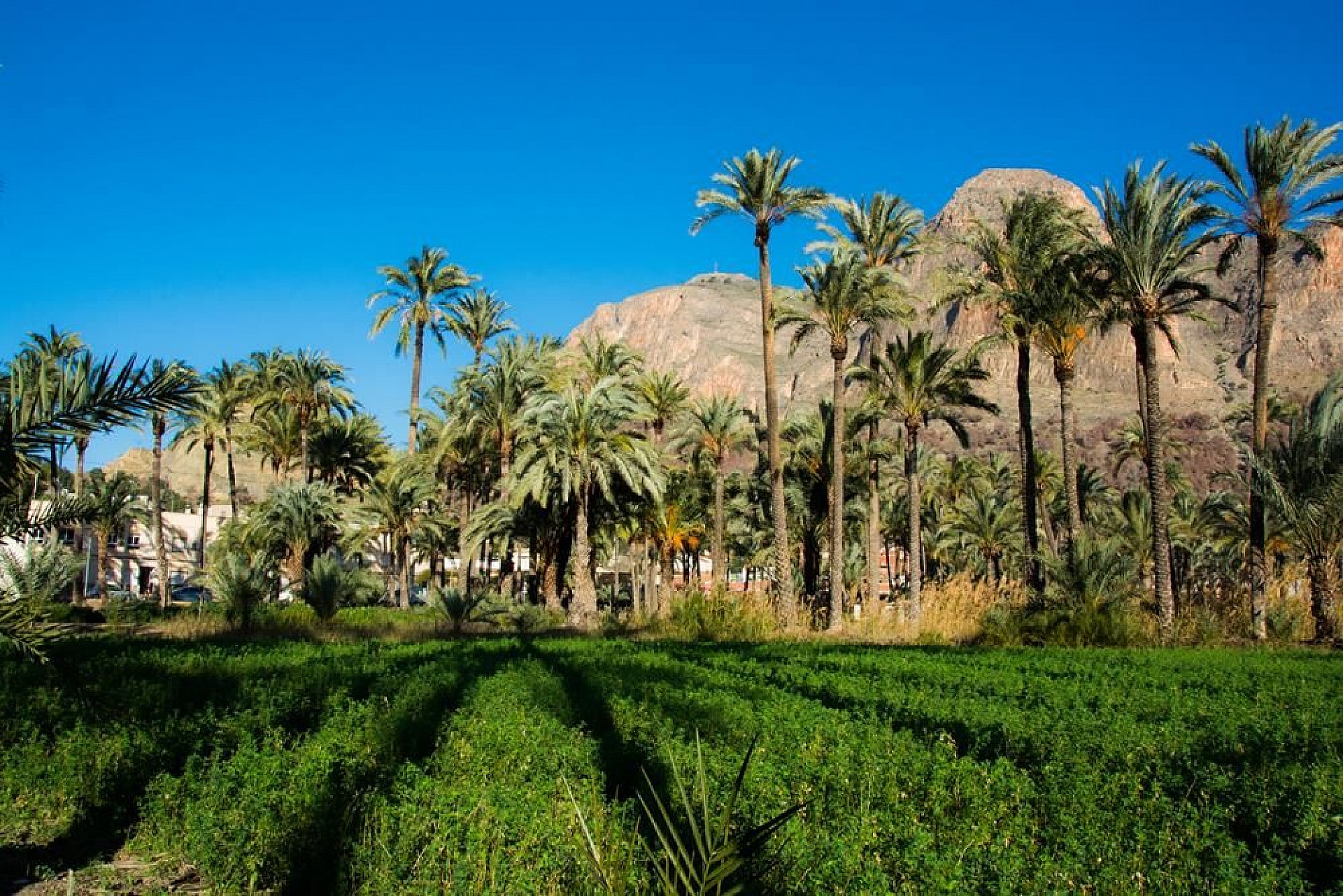
It was the Moors who gave the city an important function in their conquered territory. This is evident from the large city walls and the luxurious Arab baths that have been uncovered for that time. Another proof of the Moorish interest in Orihuela can still be admired in all its glory. The Moors introduced an ingenious irrigation system for the agricultural area, which is still in use today. Part of this was the palm tree forest, which is the largest in Europe after the Palmeral in Elche.
Despite its deep roots, Orihuela is also a city that in later years has a shaky and uncertain identity with it. Its location, near the province of Murcia, meant that the city was a plaything for a long time in the 'battle' between Murcia and the province of Valencia. The city shuttled several times between belonging to one province and then to the other province. A 2006 study found that culturally Orihuela is in fact closer to Murcia than to Valencia. This manifests itself in, for example, pronunciation, architecture, folklore, gastronomy and cultural events.
In addition, Orihuela has a long history of disaffected residents. This has resulted in insurgent parts of the large territory successfully fighting for independence. Examples are Pilar de la Horadada and San Miguel de Salinas.
If it were up to many residents of the Orihuela Costa, a new chapter in that history of secession cannot be written soon enough. The call of Costa residents to stand on their own two feet is getting louder every year. The growing movement to establish its own municipality on the coast separate from Orihuela city is understandable. The cold numbers make that clear. Less than 5 percent of the total municipal budget is spent on the coast, while that area generates as much as 30 percent of the total municipal tax. That's a recipe for resistance.
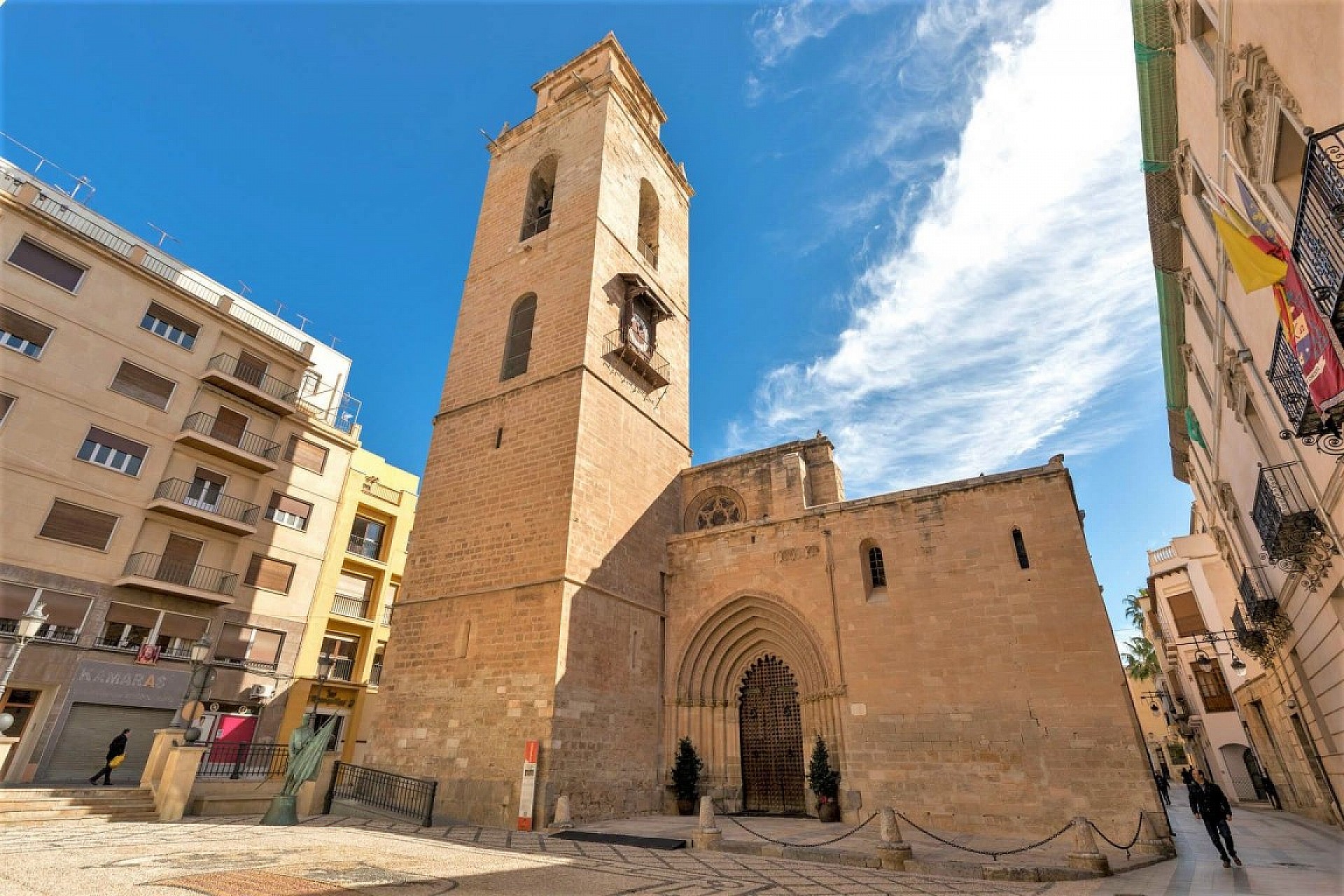
The medieval center of Orihuela has five national monuments. That's a lot for any Spanish city. Especially when one takes into account the modest size of the capital of the Vega Baja area. The list of the 'Proud five' monuments is as follows:
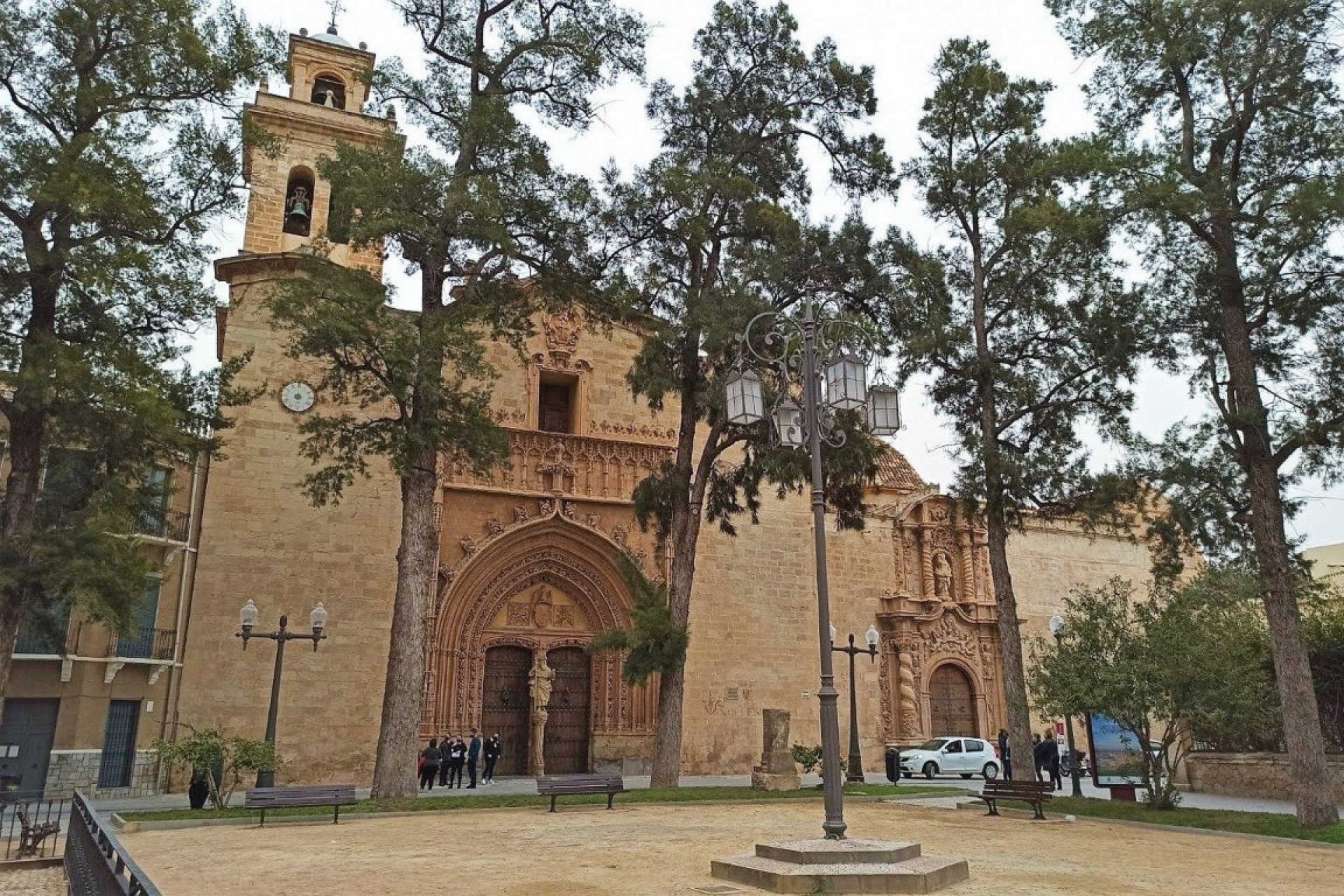
Under the slogan 'Orihuela awaits you', the city pays a lot of attention to organizing free walks with tour guides. In addition, places of historical and cultural value are visited. Because of the enormous amount of interesting things in especially the old town, there is a choice of different routes. The walks are for a maximum of fifteen people. People who come to Orihuela on organized bus trips can have a route specially tailored to their needs.
During the 'legacy routes', ample attention is of course paid to the 'proud five' described above. But there is much more to see during the walks. For example, you can go underground in the Museum of the Wall. Behind the church of the Santas Justa y Rufina is the entrance to this museum where you descend to learn the hidden history of Orihuela. Excavations there have uncovered remains of ancient Arab dwellings from the 12th century and a series of bathhouses, as well as much of the old city wall. The underground walk over a fairly large area gives a good idea of the street plan from that time. Archaeological finds such as oil lamps, clay and ceramic objects are also on display.

A completely different kind of walk has been set up around Orihuela's most famous 'son': the poet Miguel Hernandez. In addition to its museum annex house, this route also takes you through the San Isidro district, where several hundred murals can be admired, inspired by the life, work and ideas of this poet, whose name is also given to Alicante airport.
A recommended walk in a natural environment takes you through the palm grove of Orihuela, which is the largest of its kind in Europe after the Palmeral of Elche.
Other museums worth visiting are the Holy Week museum which focuses on the history of the Easter celebration in the city, the museum for Moors and Christians with many objects and clothing from those annual festivals and the regional Archaeological museum where the showpiece of the Easter processions, the 'She devil', can be viewed.
By far the two most important festivals in Orihuela are those during Easter week and the Moors and Christians. Although these festivities are common throughout the province, it is a good idea to visit Orihuela. The Easter celebration (Semana Santa) has the official title of 'international tourist interest'. That is not without reason. In all its spectacular displays of music, dress, processions and remorse, the Easter celebration is almost never more alive than in the hearts of the inhabitants of this city. From Palm Sunday to Easter Day, specific processions are held every evening, dedicated to the important moments that took place during that week. That goes from Jesus' arrival in Jerusalem to the crucifixion and finally the resurrection.
There is great variation in these processions. Ten different brotherhoods in the city each have specific responsibility for parts of the program. Many visitors experience the grand parade on Good Friday as the highlight of the celebration. Then 8,000 inhabitants in period clothing will travel through the city, accompanied by 1,200 musicians, two Roman army units and a choice of meter-high statues in which the Easter events are visualized. Others are most impressed by the Silent Journey held the night before. A procession then moves through the streets in complete silence, dressed in a dark toga with a hood. Orihuela is at that moment shrouded in complete darkness and there is only the glow of the lanterns, which the participants carry with them, giving faint points of light.
This procession of repentance and penance is a moving spectacle even for many unbelievers.
What most distinguishes Orihuela's Easter celebration from the festivities in other towns and cities are the artful portrayals of the historical events of yesteryear. The makers of these tableaux are renowned artists.

The festivals of the Moors and Christians are also very big in Orihuela. The festivities have several elements that are lacking in most other towns and cities. The series of parades and gatherings are spread out over a whole week. Around mid-July, the liberation of the Christians is celebrated, who for centuries sighed under the yoke of the Moors. The first modest celebrations date back to 1579. The truly glorious celebrations, and their present scale, only began to take shape after the end of the Spanish Civil War in 1939. That was when Orihuela realized the importance of living in freedom.
Today's extravagant, colorful and loud parties culminate in the parades of the Christians (on Friday) and the Moors (on Saturday). Those are the days when the participants in their flowery robes march through the streets with dangerous weapons. They are accompanied by dancers, musicians, horses, camels and floats. Before that happened, all the fights between the Moors and Christians have been symbolically imitated.
But Orihuela also has a number of events on the program, which are unique to the municipality. The most important is without a doubt the parade with 'La Gloriosa Ensena del Oriol'. It is a bird, resembling a black eagle, resting on an approximately five meter high pole decorated with red ribbons. It is the symbol of Orihuela's strength. There is also a separate parade, a silent march and a flower tribute for two of the patron saints, Justa and Rufina.
The fact that the festival week is known as large and special is evident from the fact that both regional and national TV channels broadcast every year from Orihuela.

The Orihuela Circo Theater is an important place for larger theater productions. Located amidst the monuments of the old town and the Segura river, this building has a very special history of creation. Originally the theater opened in Alicante (!) In 1892. Fifteen years later it was decided to tear it down brick by brick and rebuild it in Orihuela. Designed as an old French circus, it initially had a capacity of 2,000 seats. But even in Orihuela, the theater didn't seem to last long, fell into disrepair and finally got a drastic makeover in 1995. Today the building, which has lavish decorations on both the inside and outside, has been equipped with all the modern technological gadgets necessary for large productions. All this has come at the expense of the visitor capacity, which has been reduced to 1,000 people.

A major annual event is the medieval market. During three days, in the last weekend of January, the old city center is transformed into a medieval fortress. The size of this event makes comparable markets in the region pale. With hundreds of stalls spread over a length of about three kilometers, Orihuela makes a serious effort to revive the days of yore. The participants also prefer to return to the 'fashion' of centuries ago with their clothing. There are many old crafts to admire such as stonemasons, jewelery makers and weavers. Puppeteers, drummers and musicians playing old instruments can be seen everywhere. Belly dancers also showed their skills during many of the now more than twenty editions. A regular feature are the many music, dance and theater performances.
Residents of the Orihuela Costa can take advantage of free buses that shuttle between the town and the coastal strip during the three days.